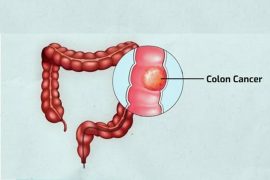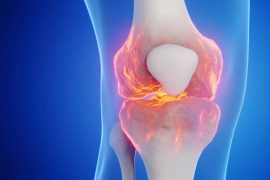The researchers have made a significant discovery in the treatment of eosinophilic esophagitis (EoE), a chronic immune system disease that affects both adults and children, causing difficulty in swallowing and potentially leading to malnutrition and other health issues. EoE is triggered by allergens and results in the accumulation of eosinophils in the lining of the esophagus, leading to inflammation and damage.
The study, published in Nature Communications Biology, has revealed that Interleukin-18 (IL-18), a protein involved in the innate immune response, plays a key role in causing inflammation that leads to EoE. When a food allergen enters the body, it activates a pathway known as the NLRP3 pathway, leading to the release of IL-18 and the subsequent production of eosinophils that damage the esophagus.
“Parents and doctors may not be aware of this, but this is a very prominent and serious disease in the pediatric population, and it is increasing in number because it is directly related to food allergens, which are also on the rise,” stated lead author Dr. Anil Mishra, director of the Eosinophilic Disorder Center at the Tulane University School of Medicine.
“In this study, we show that after treating the disease in animals, the disease is gone and completely in remission.”
By inhibiting this pathway and the release of IL-18, the researchers were able to prevent the development of EoE triggered by both food and airborne allergens. This finding is crucial for a disease that was only identified in the 1990s and was often misdiagnosed as gastrointestinal reflux disease (GERD).
The study also challenges previous beliefs that Th2 cells played a significant role in triggering EoE. Instead, the focus shifts to targeting IL-18 and the NLRP3 pathway for potential treatment.
“Given the paucity of mechanistic information and treatment strategies for EoE, we feel the proposed studies are highly relevant and are poised to have a major impact on establishing the significance of NLRP3-IL-18 pathway in the initiation of EoE pathogenesis,” Mishra stated.
The researchers identified an existing drug called VX-765 as a potential inhibitor that could be used for treatment. Importantly, this inhibitor would selectively target pathogenic eosinophils produced and influenced by IL-18, without affecting white blood cells created by IL-5, a protein essential for maintaining innate immunity.
The next step in advancing this treatment approach is to conduct a clinical trial to determine its effectiveness in treating EoE. This discovery has the potential to revolutionize the treatment landscape for individuals suffering from this challenging immune system disorder.
Mishra said a clinical trial would be the next step to determining the treatment’s effectiveness.
Disclaimer:
The information contained in this article is for educational and informational purposes only and is not intended as a health advice. We would ask you to consult a qualified professional or medical expert to gain additional knowledge before you choose to consume any product or perform any exercise.








